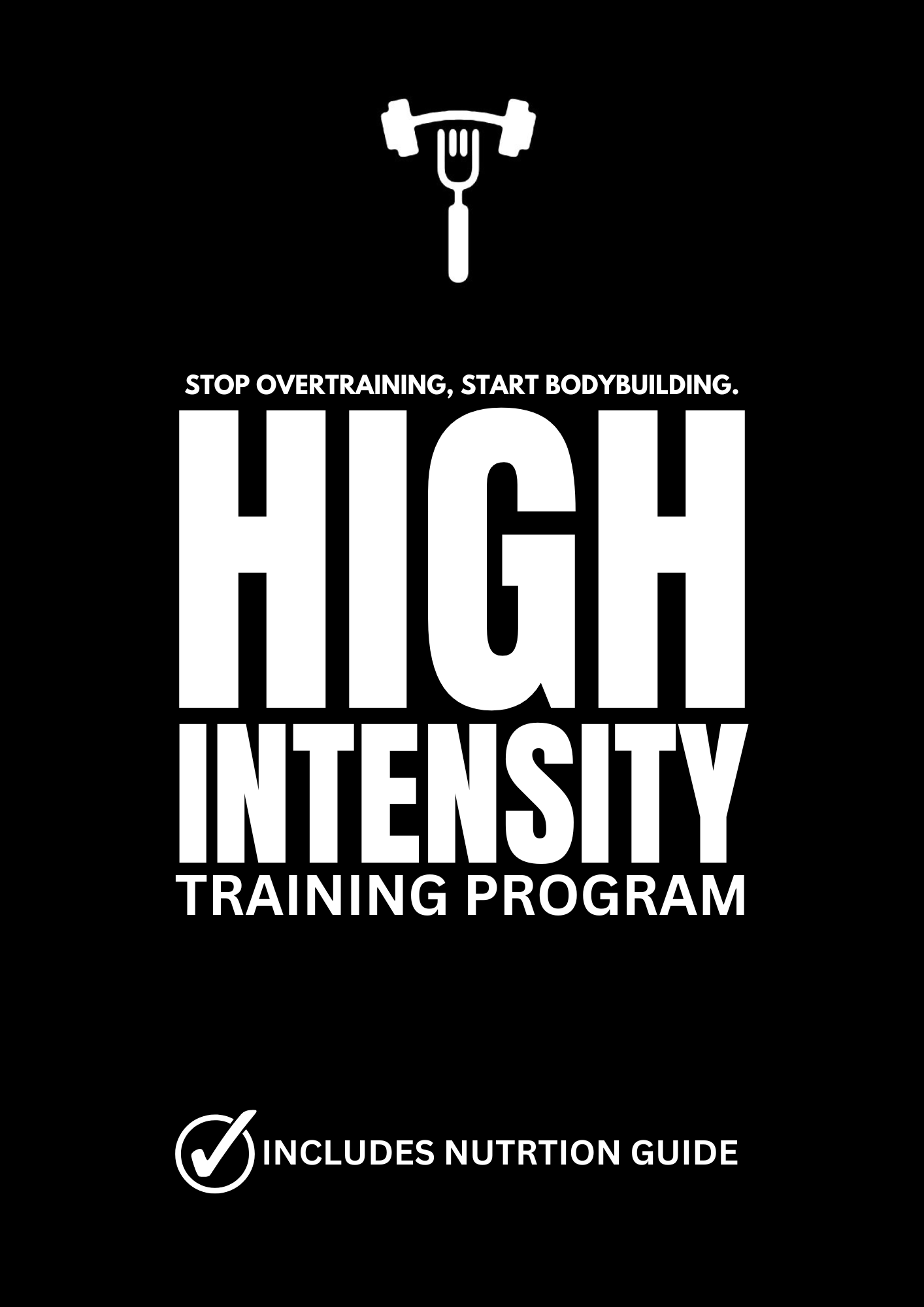The High Volume Training Trap: Why More Isn't Always Better

In the world of fitness, the debate between high volume training and high intensity training (HIT) has been ongoing for decades. Advocates of high volume training often tout its effectiveness in promoting muscle growth and endurance. However, beneath its surface allure lies a potential trap: the risk of stagnation and even muscle loss. To understand this better, let's delve into the comparison between distance runners, who primarily engage in high volume training, and sprinters, who epitomize the principles of high intensity training.
Distance runners spend hours pounding the pavement, logging countless miles each week. Their training philosophy revolves around volume—more miles equate to better endurance and performance, or so the belief goes. However, take a closer look at their physiques, and you'll notice a common trend: a lean, often emaciated appearance. Despite their impressive cardiovascular endurance, many distance runners lack substantial muscle mass. This phenomenon can be attributed to the catabolic effects of prolonged aerobic exercise, which can lead to muscle breakdown and hinder muscle growth.
On the other end of the spectrum are sprinters, athletes who focus on short bursts of maximum effort. Sprinting is the epitome of high intensity training, demanding explosive power and speed. Unlike distance runners, sprinters prioritize quality over quantity, opting for shorter, more intense workouts. This approach not only enhances muscular strength and power but also promotes muscle hypertrophy—the process of muscle growth.
The stark contrast between these two athlete archetypes underscores a fundamental principle in exercise physiology: the law of diminishing returns. While moderate volumes of training can yield significant gains in strength and muscle mass, excessive volume can lead to diminishing returns and, in some cases, adverse effects. This concept aligns with the teachings of a certain fitness pioneer who emphasized the importance of intensity over volume in his training philosophy.
Let's explore the core tenets of this philosophy. High intensity training (HIT) emphasizes brief, infrequent workouts that push muscles to the point of momentary muscular failure. By maximizing intensity, HIT optimizes muscle stimulation while minimizing the risk of overtraining and muscle catabolism. This approach challenges the body to adapt and grow, resulting in efficient muscle development without the need for excessive volume.
Moreover, high intensity training offers another crucial advantage over high volume training: time efficiency. In today's fast-paced world, time is a precious commodity. High volume training often requires hours of dedication each week, leaving little room for other pursuits. In contrast, high intensity training allows individuals to achieve remarkable results in a fraction of the time, making it ideal for busy professionals and athletes alike.
In conclusion, the allure of high volume training may seem enticing, but it often leads to stagnation and even muscle loss in the long run. By embracing the principles of high intensity training—without necessarily naming specific individuals—we can unlock our true potential and achieve optimal results in a fraction of the time. So, whether you're a seasoned athlete or a fitness enthusiast, remember: quality always trumps quantity.

